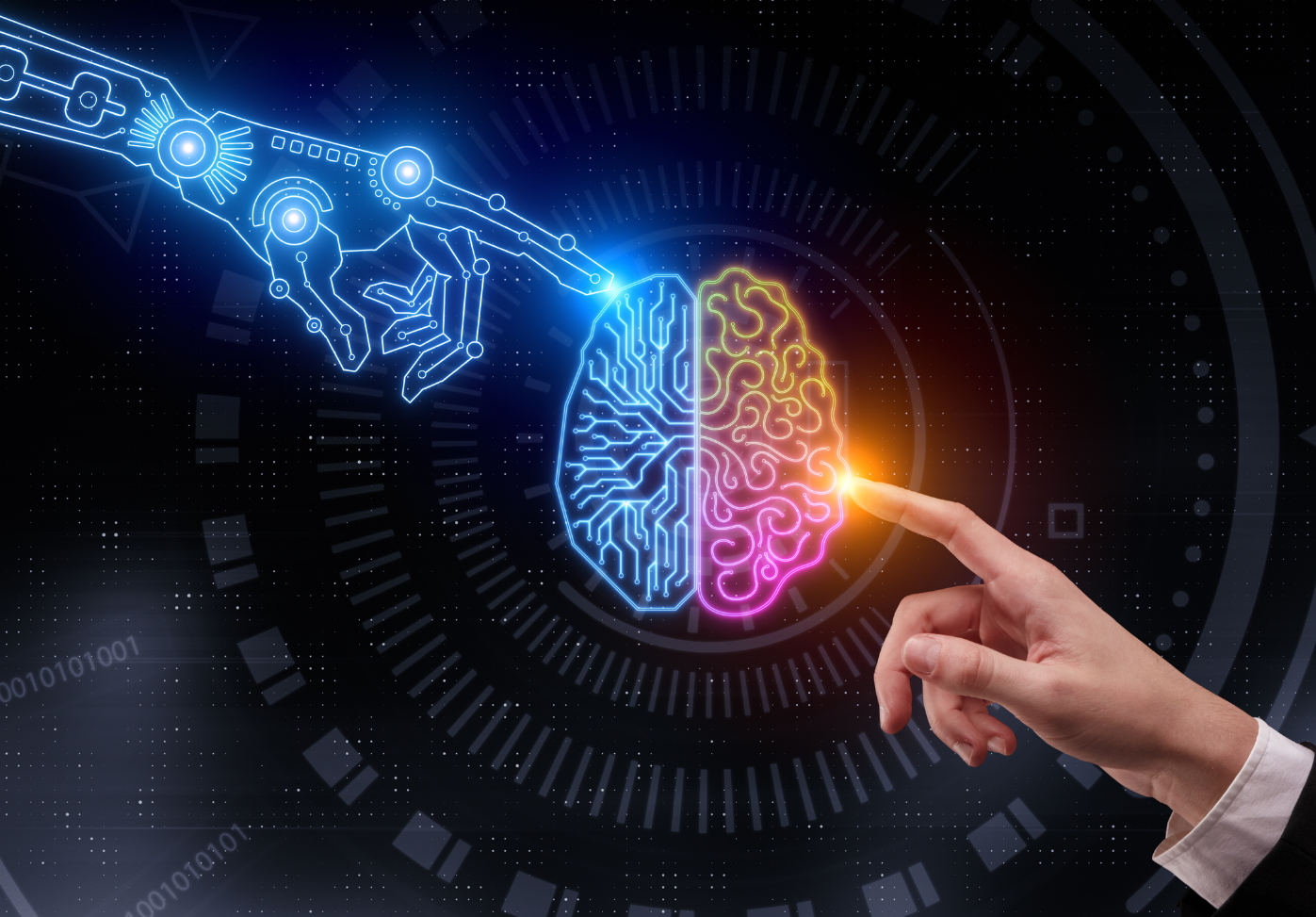The impact of AI: 10 ways artificial intelligence is revolutionising automated data capture and document processing

Artificial intelligence and Machine Learning are revolutionising, automating and optimising data collection and processing in organisations. The efficiency of automated data capture will be dramatically improved. Intelligent Document Processing Platforms (IDPs) use advanced AI algorithms to effectively capture data from structured and unstructured documents.
This article explains the impact of AI on data capture and how this technology is changing the way organisations manage and use their data.
1. Improved data extraction and collection of complex data
AI systems enable and enhance the capture of complex data from semi-structured and unstructured documents, recognising and efficiently processing a wide range of formats and different content. AI can also be integrated into automated workflows. This includes extensive quality assurance and pre-processing of documents to ensure high levels of accuracy.
It also enables real-time data capture, which is of great value to accounting departments and management teams, for example: up-to-date data enables faster and more informed decisions.
2. Adaptive learning and adjustment
AI systems use machine learning models that continuously adapt to new inputs and document formats. This gives them the ability to learn from experience and constantly improve. As a result, they become increasingly efficient at capturing and analysing data over time. With each document processed, they improve their ability to accurately capture and classify data, leading to an increase in overall performance.
This not only increases the accuracy of data capture, but also reduces the need for human intervention. This is especially beneficial in industries that regularly process large volumes of documents. Click here to find out more about how artificial intelligence is currently being used in small and medium-sized enterprises (SMEs).
Deep learning, a subset of machine learning, uses multi-layer neural networks to gain even deeper insights into data. This technology recognises complex and abstract patterns in data that are inaccessible to traditional OCR systems without AI.
3. Integration of Natural Language Processing (NLP) and contextual understanding
Integrating NLP into AI-based data capture systems overcomes the limitations of traditional processing systems by enabling AI to understand the grammatical context, meaning and purpose of documents and texts. These systems are able to handle more complex tasks and perform semantic analysis. This enables effective pre-processing and conversion of unstructured and semi-structured documents into structured formats.
4. Integration with other technologies
AI-based IDP software can be seamlessly integrated into existing automated workflows and other business applications, such as CRM systems or accounting software. This enables comprehensive data analysis and improves informed business decision-making.
5. Advanced image recognition
The image recognition capabilities of AI-driven IDP systems include processes such as deskewing, noise reduction, binarisation and cropping of images to optimise automatic data extraction.
 X
X
6. Customisable workflows and scalability
AI-based document processing enables the creation of customisable document management workflows that are tailored to an organisation's specific needs and data volumes. Therefore organisations of all sizes benefit from systems such as AI-based and automated data capture and document processing. This scalability is particularly important as organisations grow and their data processing needs change. AI systems can always be dynamically adapted. This improves the productivity and efficiency of business processes.
7. Automated data validation
AI-based data capture systems automate the validation process, increasing accuracy and reducing operational costs. This is particularly important when processing invoices and other critical business documents.
8. Enhanced data security
Security is an essential aspect of modern data processing. AI-based data collection systems offer advanced security features that ensure the protection of sensitive information. Through the use of encryption technologies, secure protocols and continuous security updates, they ensure the integrity and confidentiality of data.
9. Personalised user experience
AI systems offer the opportunity to create personalised user experiences. Based on the user's interactions and preferences, these systems adapt their interfaces and ways of working to provide a more efficient and user-friendly experience.
10. Predictive analysis
Another revolutionary aspect of AI in data collection is the ability to perform predictive analysis. AI systems recognise patterns and trends in data and make predictions about future developments. This provides organisations with valuable insights to act proactively and make informed decisions.
Conclusion
Artificial intelligence saves costs and time by reducing reliance on repetitive tasks and automatically analysing data for relevant patterns, classifying and highlighting them according to their relevance. Important business processes and workflows are automated and run effortlessly.
Automated data capture using artificial intelligence therefore represents a significant advance in the way organisations capture and process data. With improved data extraction, adaptive learning, contextual understanding, advanced image recognition, customisable workflows, integration with other technologies, enhanced data security and predictive analytics, AI-based systems offer unprecedented efficiency, accuracy and flexibility. These advances open up new horizons for business processes and improve informed decision-making based on accurate data and faster insights. Internal team performance also benefits from automated and AI-based data capture.
With REEDR you get an efficient OCR software solution for automated, accurate and fast data capture.
Do you also want to capture your data more accurately and efficiently to improve your business? Do you have any questions or are you interested in receiving more information? Would you like to find out more about our AI-based OCR solution REEDR for your Salesforce CRM? Then contact us directly here.



